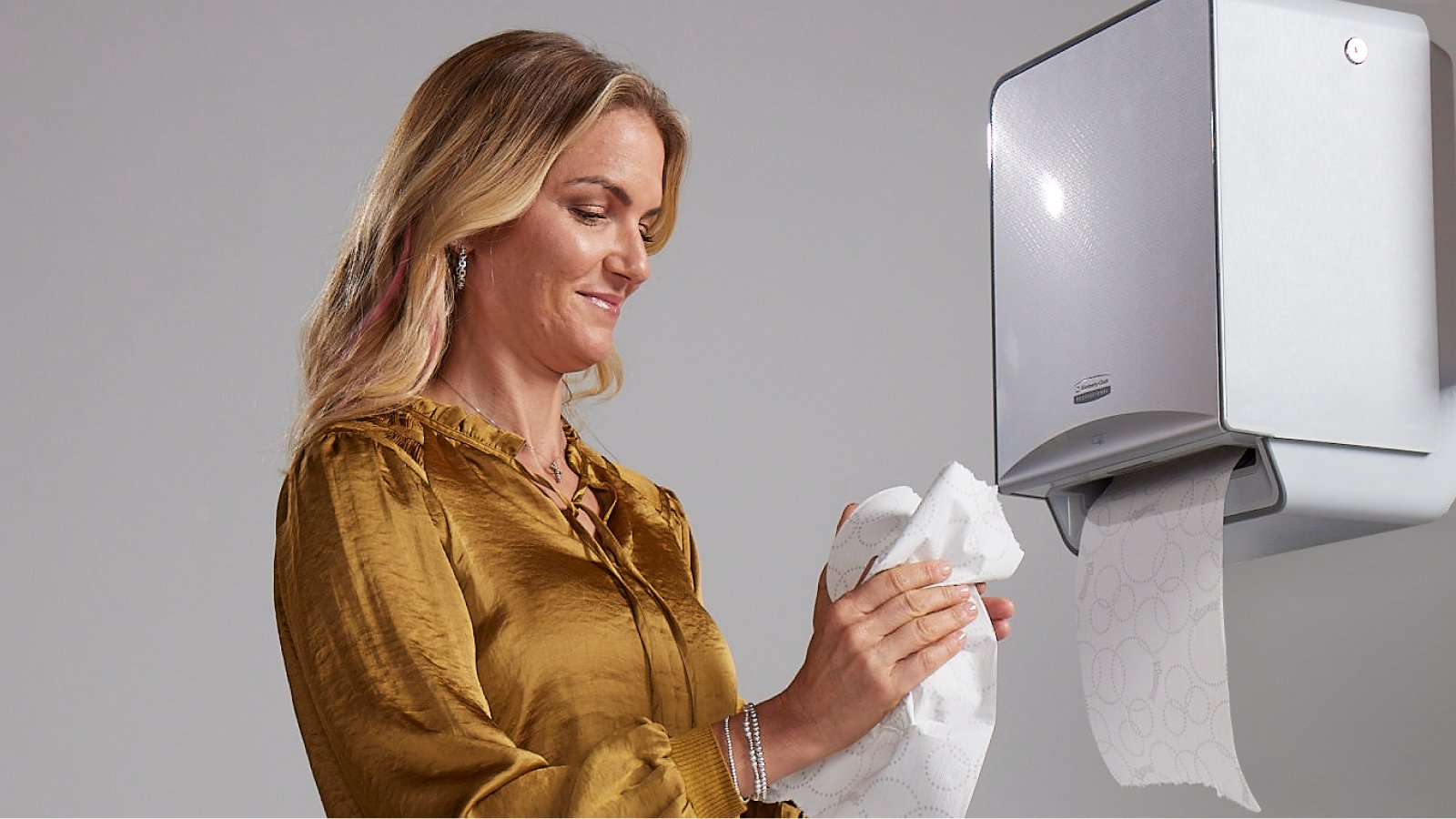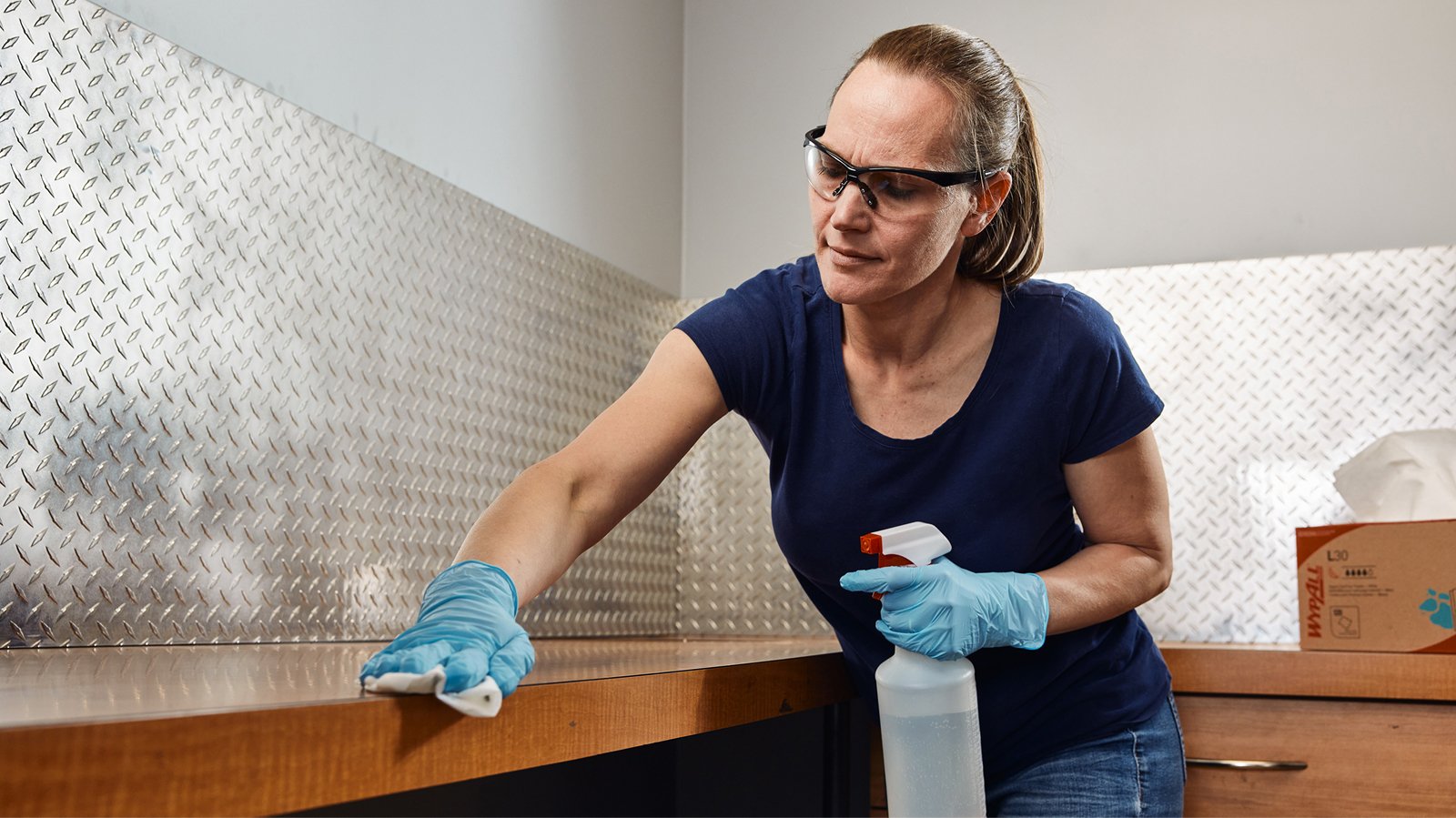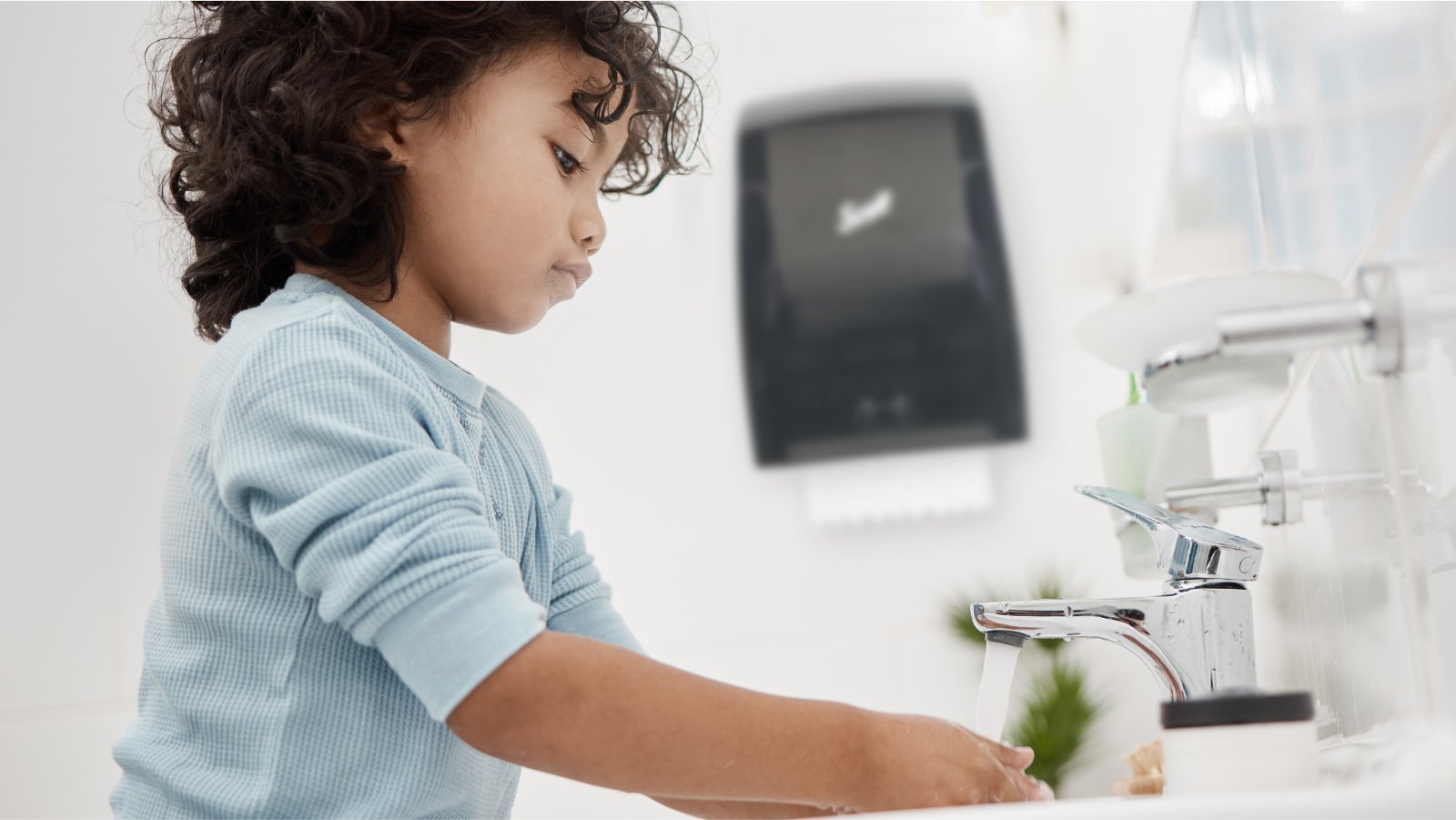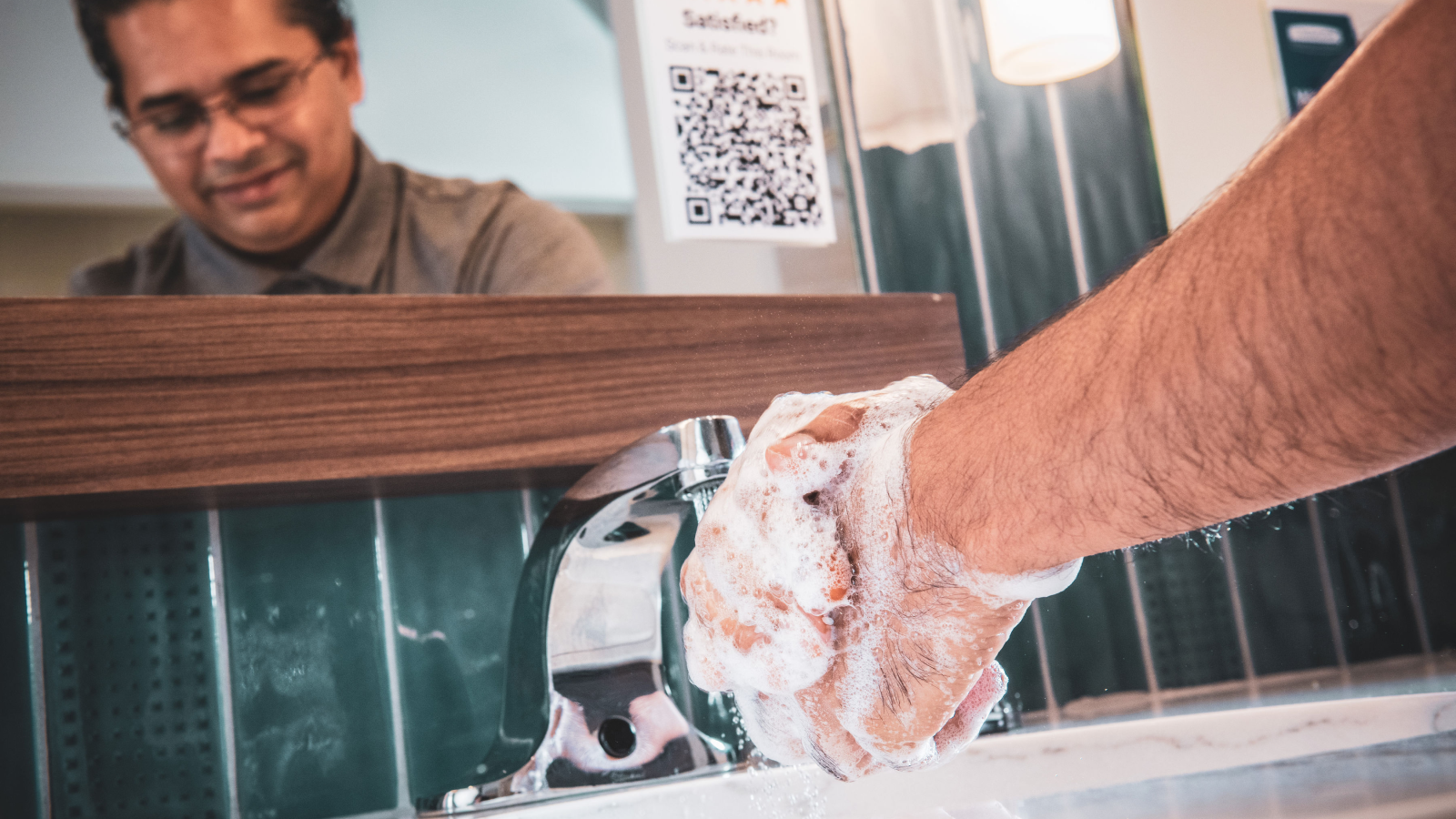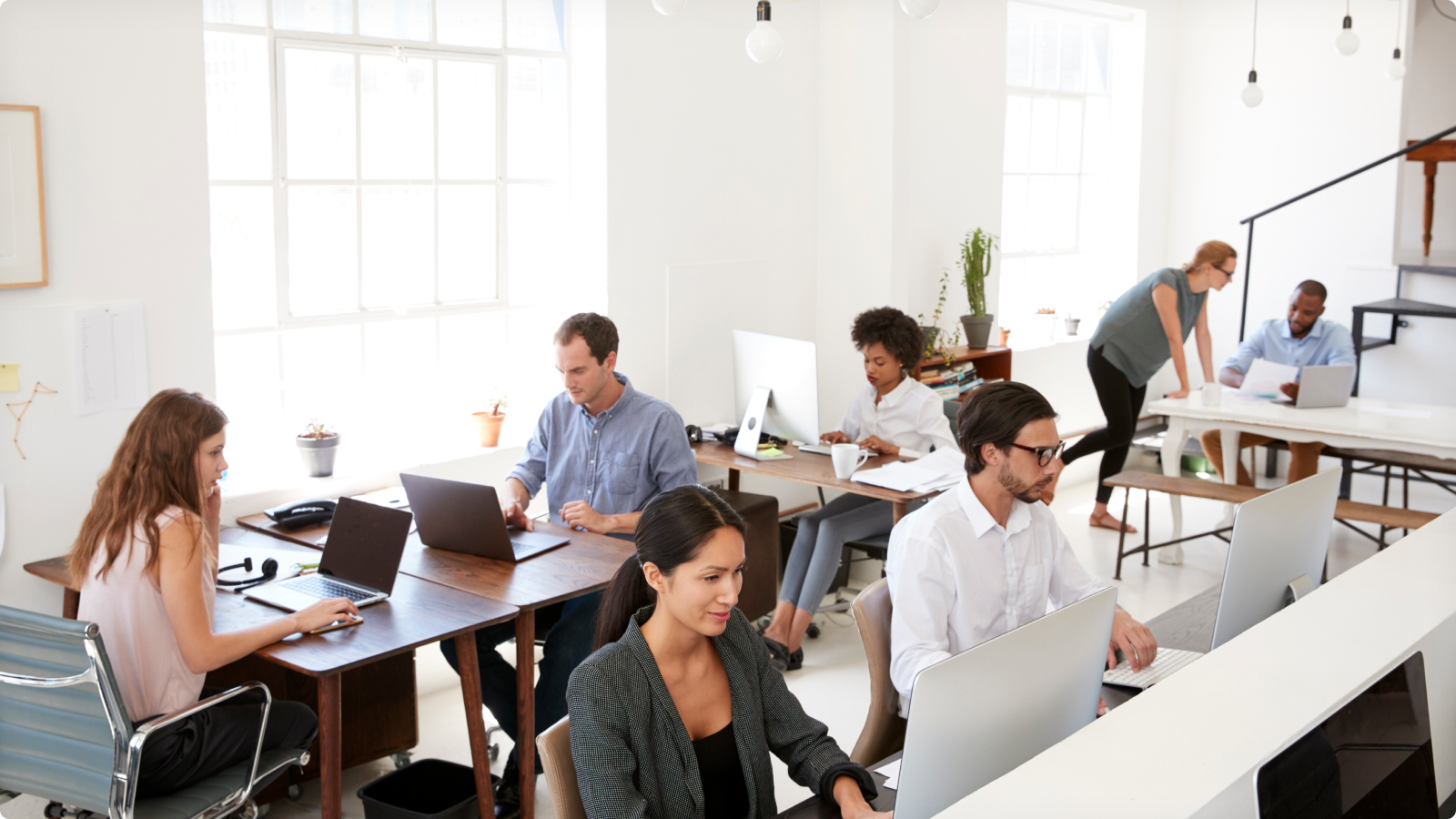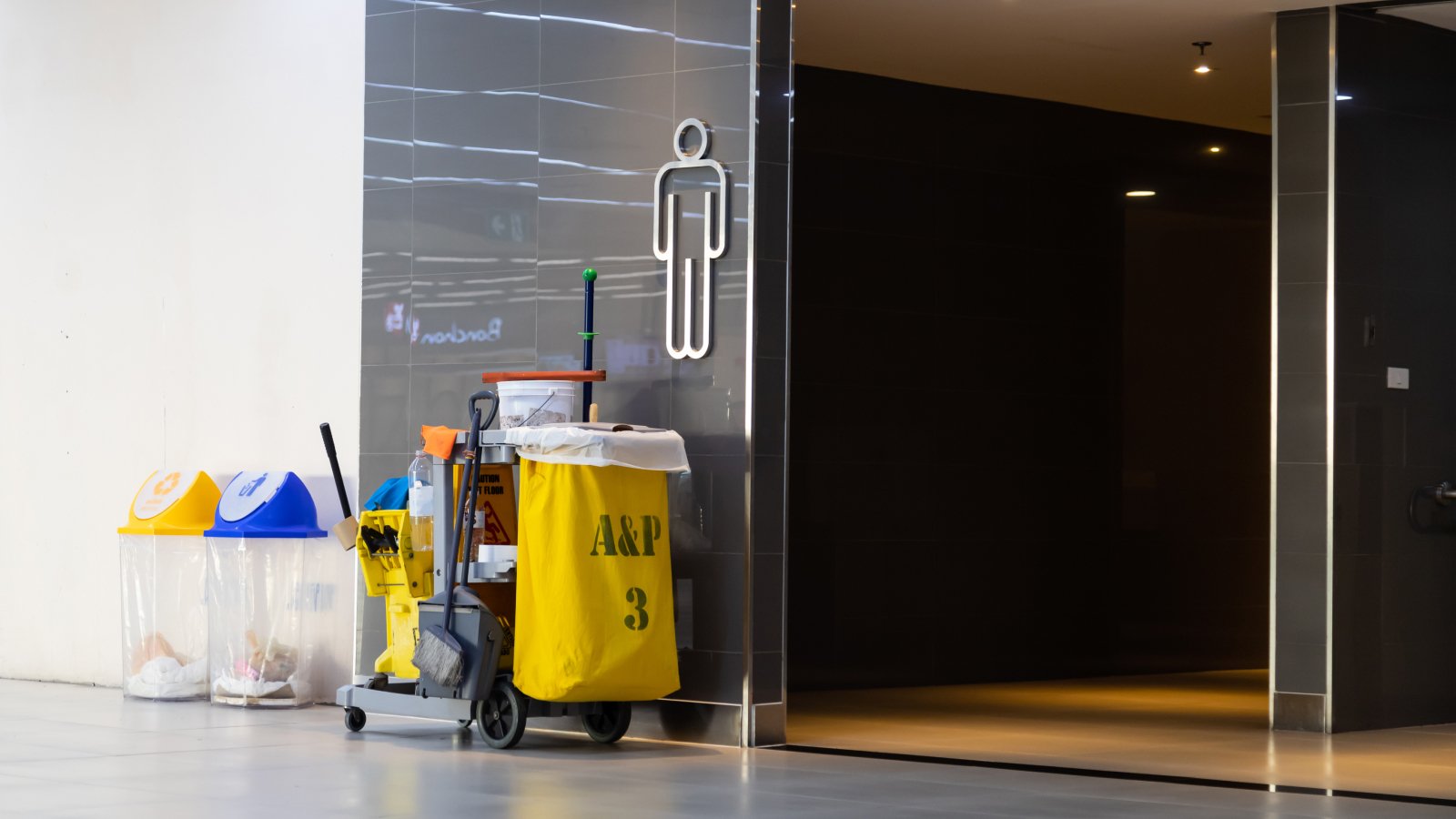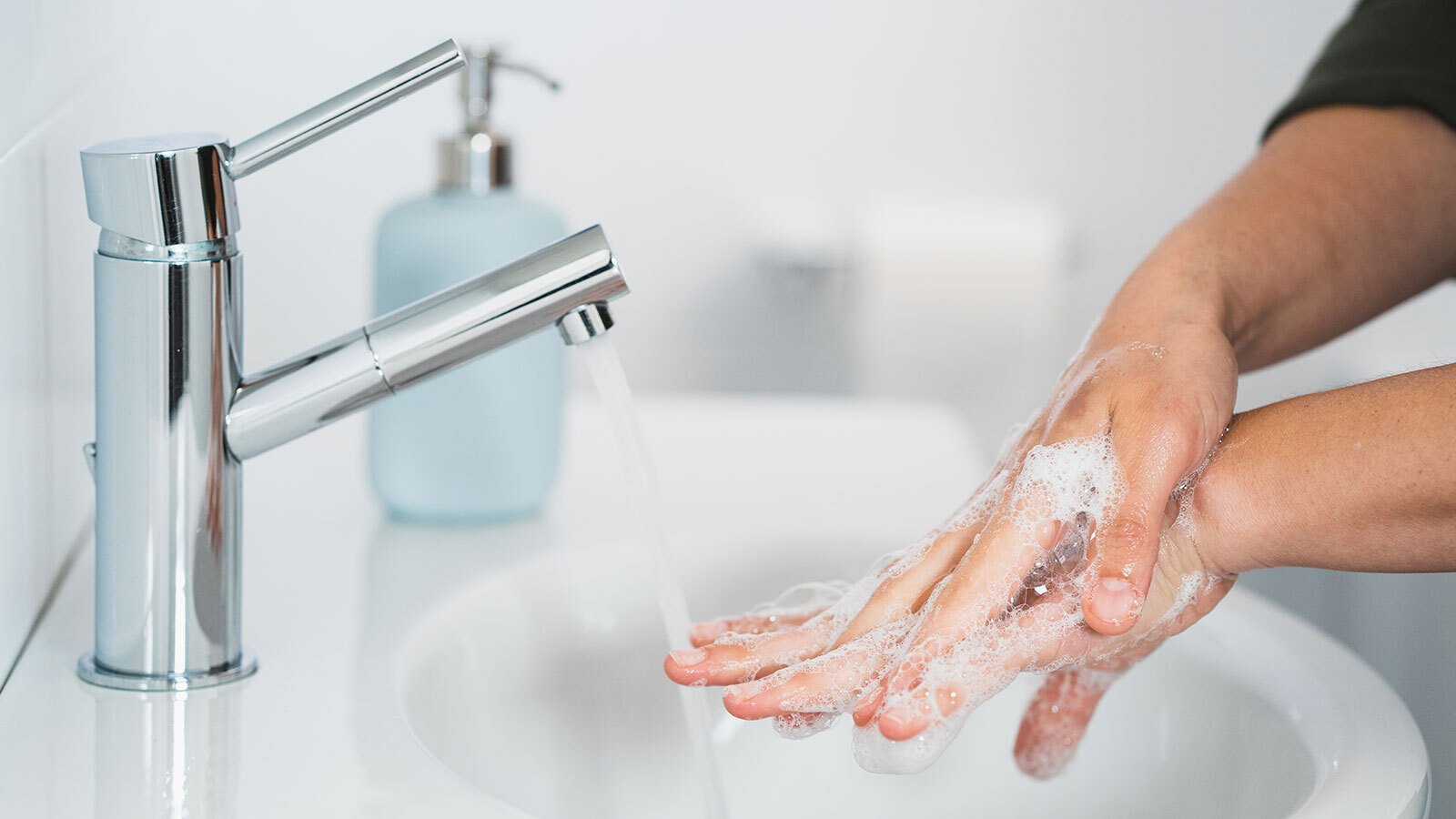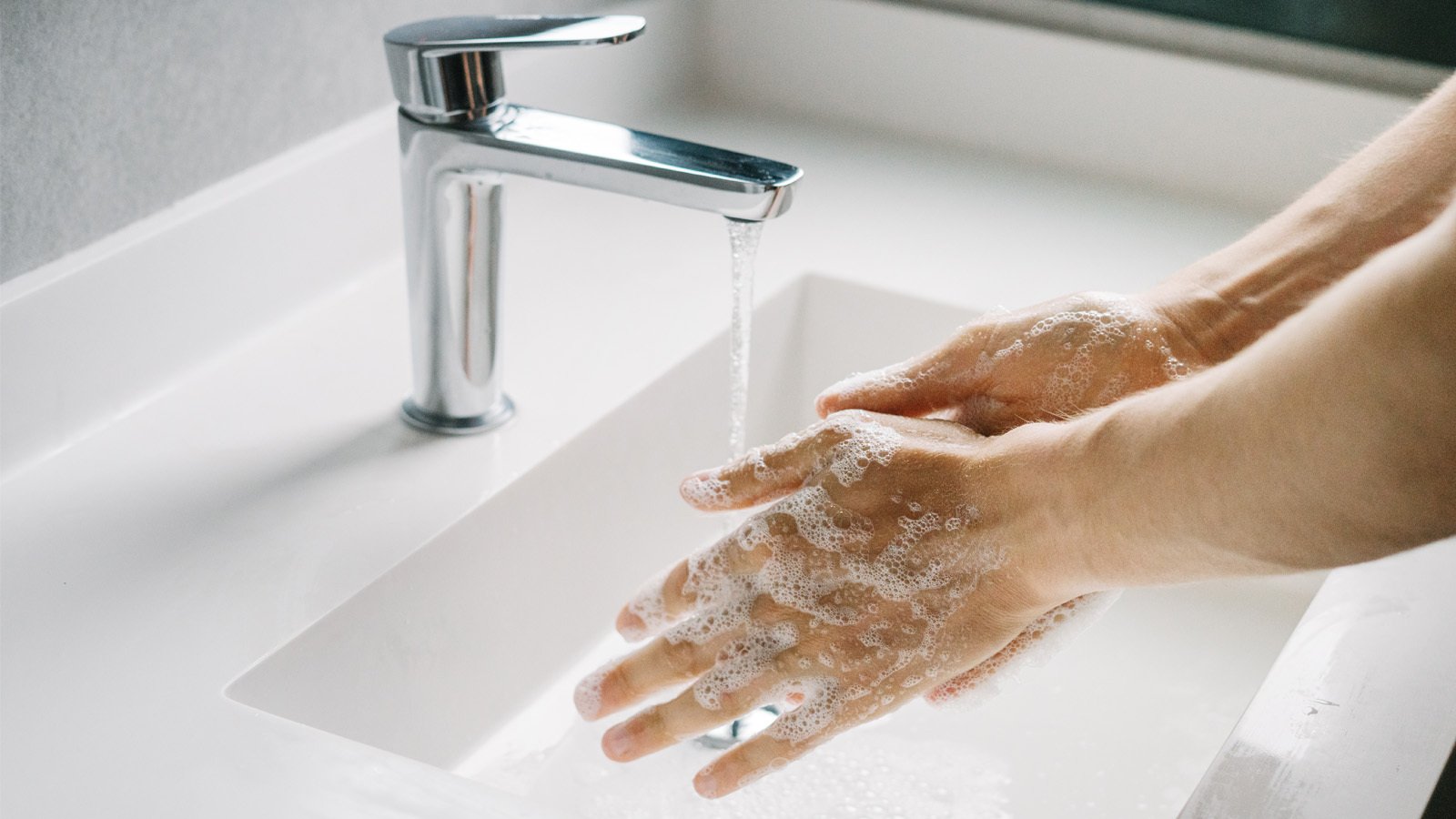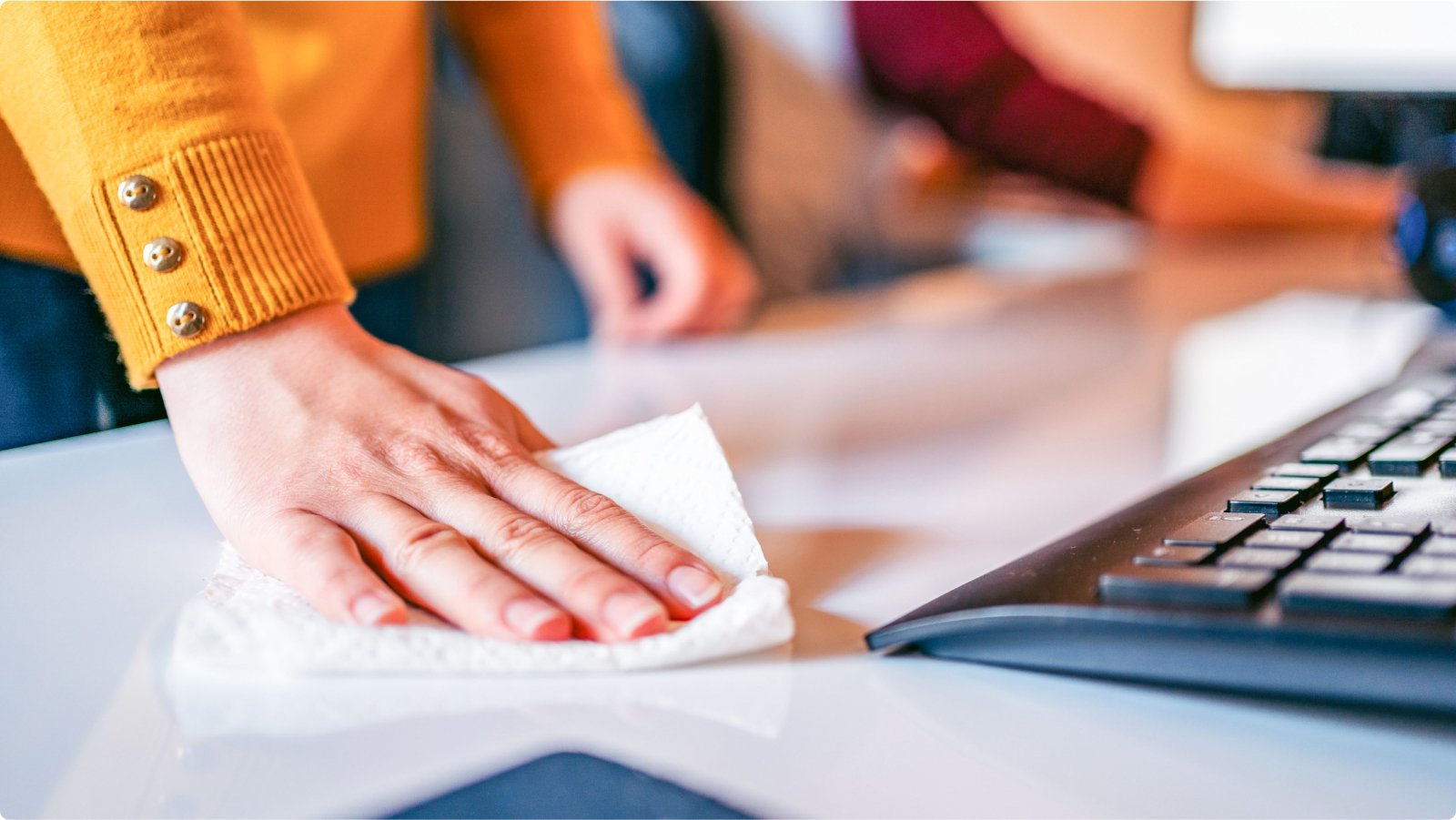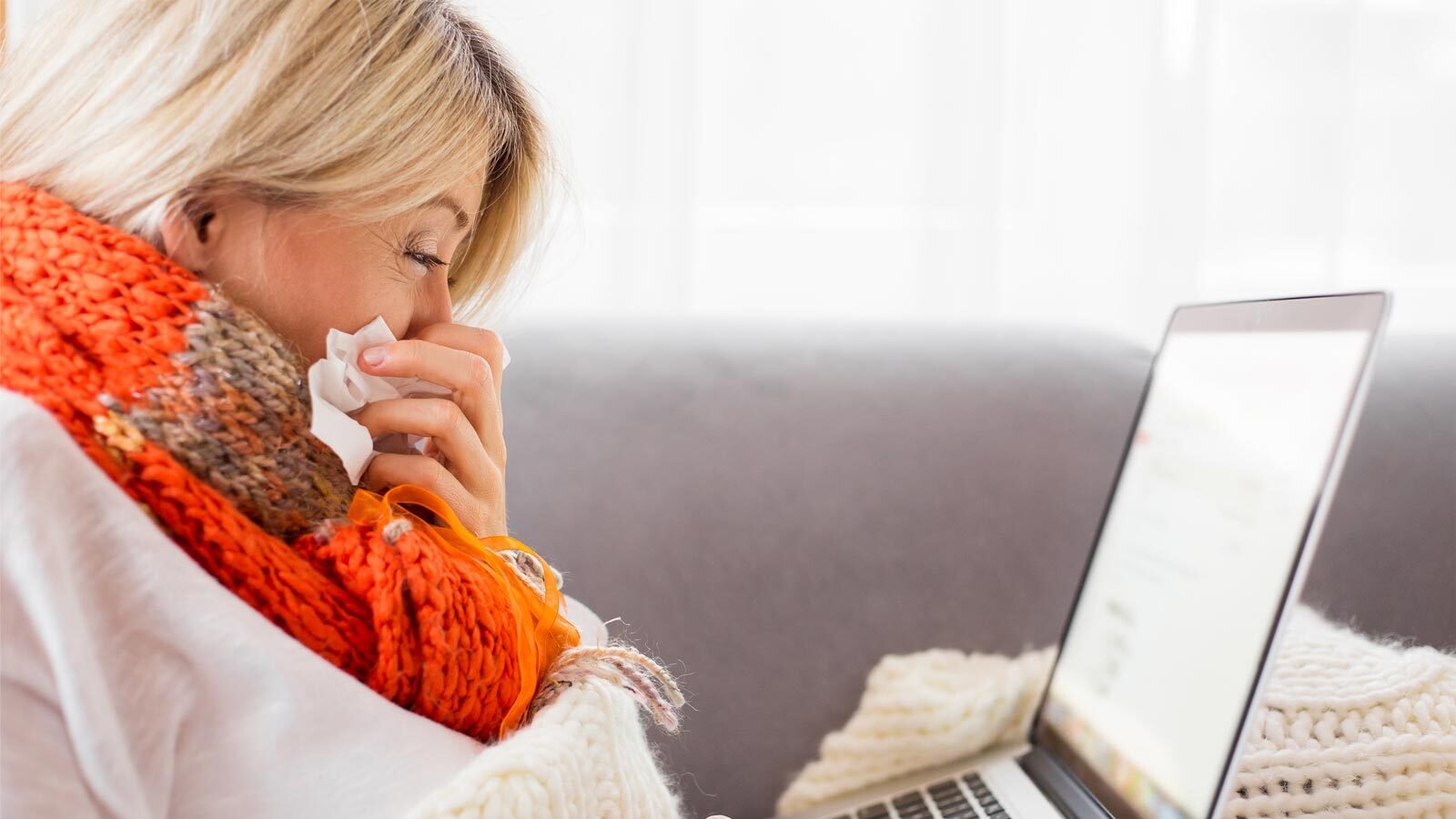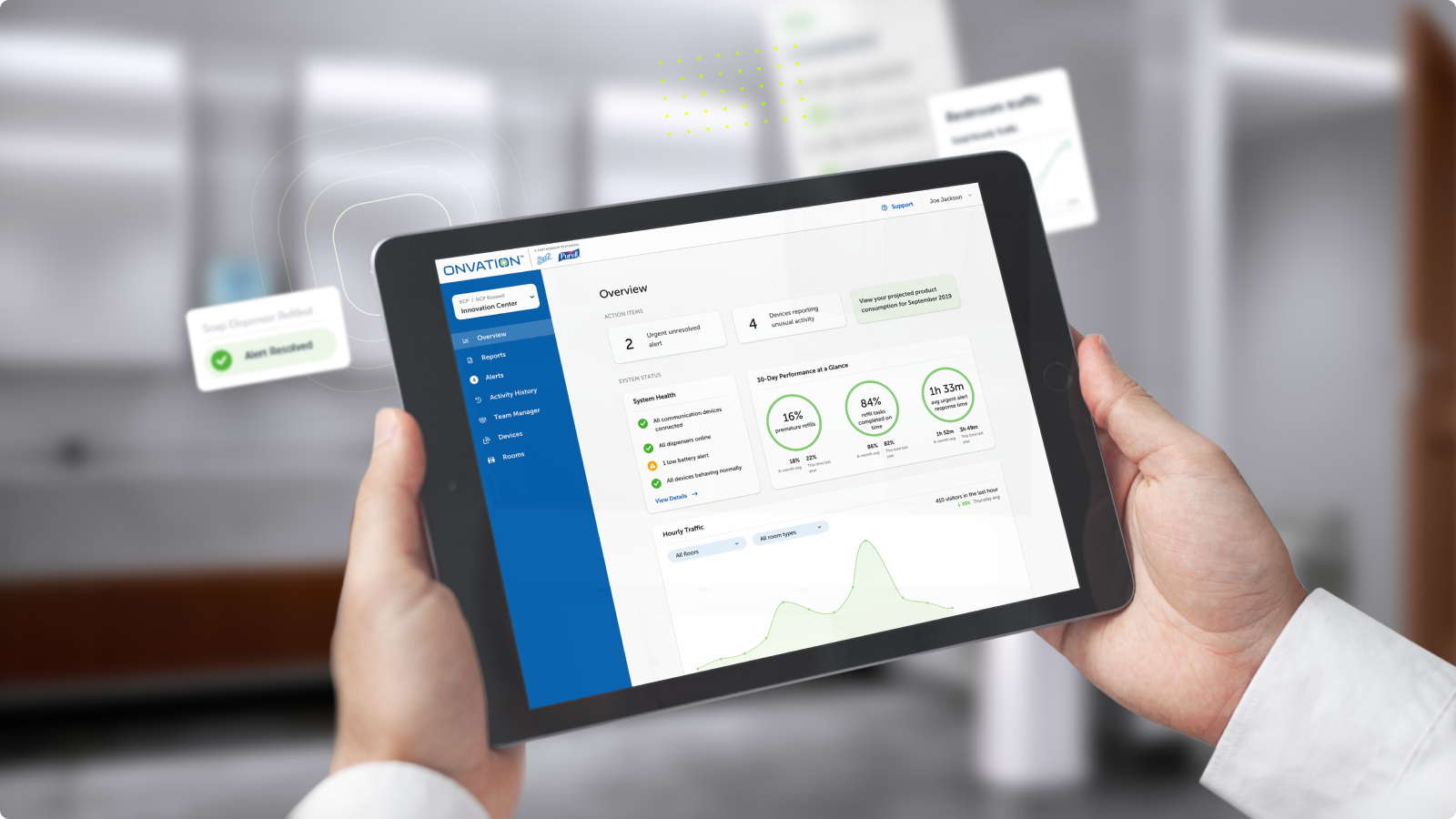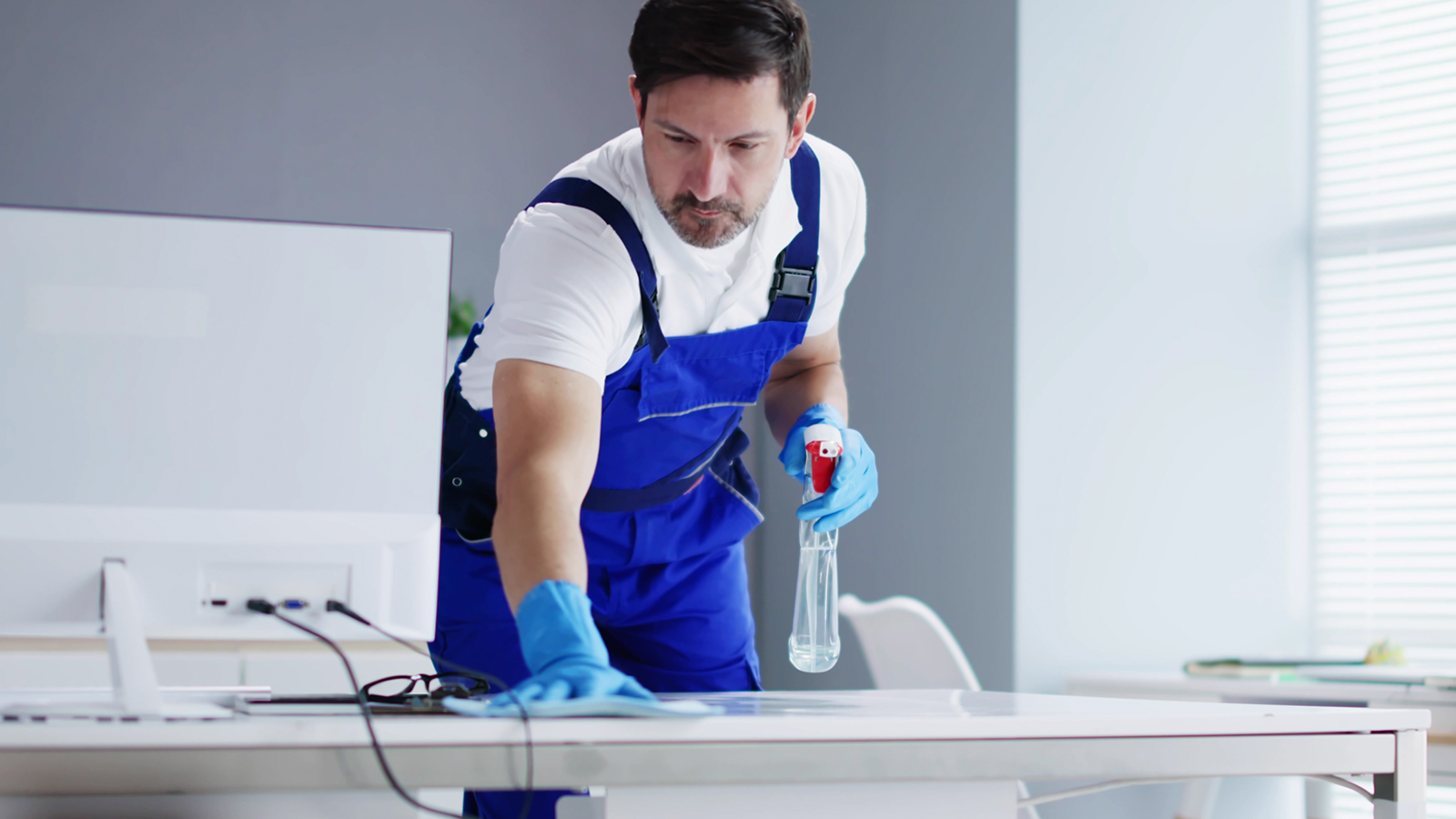Last Updated JUNE 2024
A Guide to Keeping Students Safe from the Spread of Germs
Learn how to combat the spread of illnesses in schools during the cold and flu season. Use this guide as a checklist to effectively clean around school grounds and select the best products during the procurement process that help to minimize the spread of germs.
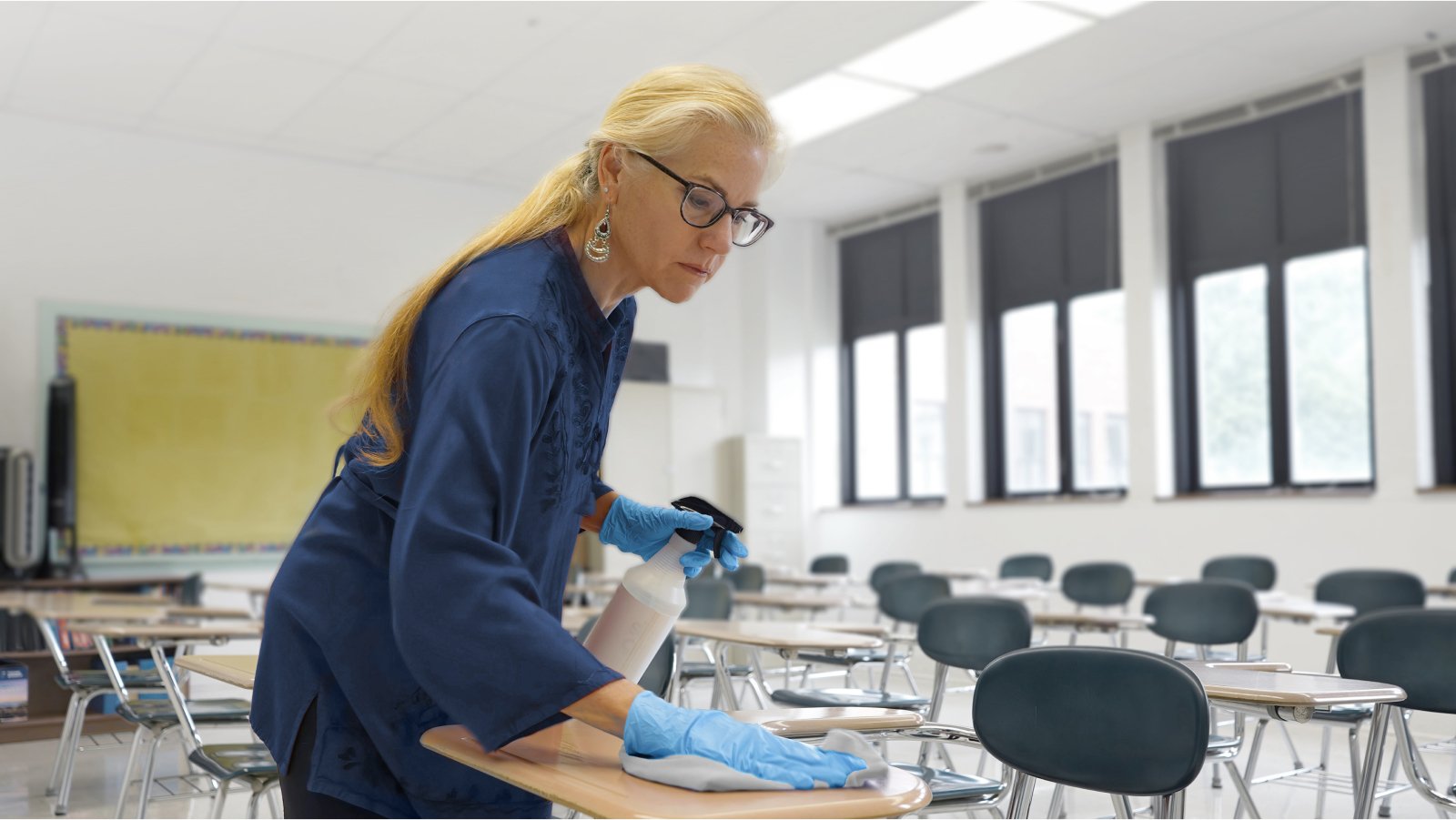
In the battle against the spread of germs during cold and flu season, schools play a critical role in safeguarding the health of students, teachers and staff. However, limited resources and competing priorities often impede their ability to maintain effective hygiene standards.
Illness-related teacher absenteeism imposes a substantial financial burden, reaching a staggering $25.2 billion annually — highlighting the importance of prioritizing hygiene practices as a strategic imperative in schools.1
By proactively addressing hygiene concerns, schools can not only safeguard the well-being of their community but also enhance the learning environment. Use this guide for practical steps to create and implement efficient cleaning routines, reducing the risk of illness transmission during the cold and flu season.
Cleaning vs Sanitizing vs Disinfecting
Understanding the differences between cleaning, sanitizing and disinfecting is crucial for effective hygiene management in schools. Let's break down the differences:
Cleaning: Involves the physical removal of germs, dirt and impurities from surfaces or objects using soap (or detergent) and water. While cleaning doesn’t necessarily kill germs, it significantly lowers their numbers and reduces the risk of spreading infection.
Sanitizing: Aims to lower the number of germs on surfaces or objects to a safe level, as per public health standards. This process typically involves either cleaning or disinfecting surfaces to reduce the risk of spreading germs.
Disinfecting: Involves killing germs on surfaces or objects using chemical agents. While disinfecting does not necessarily clean dirty surfaces, it helps cleaning efforts by reducing the risk of spreading infection.
Knowing these differences helps during the procurement process to select the right products and methods to more effectively maintain hygiene standards. For example, WypAll® General Clean L10 Light Cleaning Towels are suitable for various light-duty cleaning tasks in schools to reliably replace paper towel for spray-and-wipe jobs, glass surface cleaning and absorbing small spills.
By following best practices outlined by the CDC, schools can ensure thorough cleaning and disinfection protocols — minimizing the risk of illness transmission.
Let’s get into how you to effectively clean throughout the school grounds.
Classrooms
Since students and teachers spend most of their time in classrooms, it's important to prioritize cleanliness and hygiene in this area to minimize the spread of germs.

- Desks and Chairs: Disinfect desks and chairs daily, including those used by teachers as these frequently touched surfaces serve as breeding grounds for bacteria and viruses.
- Floor Maintenance: Regularly clean carpets or porous tiles to prevent illness-causing germs, viruses or dust mites that are tracked in on our shoes. Did you know that studies have found over 420,000 different types of bacteria living on the average shoe?2
- High-Touch Surfaces: Disinfect commonly touched items like shared art supplies, whiteboards or interactive boards, doorknobs and light switches.
- Trash Disposal: Empty trash bins regularly, even if they're not full, to prevent the buildup of odors and pests.
- Hygiene Supplies: Ensure that hand sanitizer, tissues and cleaning wipes are readily available for students and teachers throughout the day. Encourage students to actively participate in cleanliness by providing access to these hygiene resources in the classroom
Promoting Hygiene Education:
- Interactive Activities: Engage students in interactive activities that teach proper handwashing techniques, coughing etiquette and cleanliness habits.
- Visual Aids: Display posters or visual aids in classrooms that illustrate handwashing steps or cleanliness guidelines. Visual reminders serve as constant reinforcement of good hygiene practices throughout the day.
- Classroom Discussions: Facilitate classroom discussions on the importance of hygiene and its role in preventing the spread of illness.
Did you know that studies have found over 420,000 different types of bacteria living on the average shoe?2
Gym & Auditorium
Gymnasiums and auditoriums are versatile spaces that may not be used daily. Still maintaining cleanliness in these areas is crucial for ensuring the health of students, staff and visitors.
Here's how to keep gymnasiums and auditoriums clean:

- Floor Cleaning: Thoroughly clean and sanitize floors using a disinfectant to remove dirt, sweat and germs.
- Equipment Sanitization: Sanitize gym equipment, including weights, fitness machines, mats and other accessories.
- High-Touch Surfaces: Disinfect high-touch surfaces like doors, light fixtures, switch plates or walls near gym equipment as these areas are hotspots for germ transmission.
- Ventilation Maintenance: Ensure proper ventilation in gymnasiums and auditoriums to promote air circulation and minimize the buildup of airborne contaminants.
- Athletic Gear Cleaning: Teach coaches, athletes and staff about the importance of regularly cleaning and sanitizing athletic gear. Helmets, pads, sticks, uniforms and any other gear should be cleaned after each use to prevent the spread of germs among athletes.
Restrooms & Locker Rooms
Restrooms and locker rooms are high-traffic areas that need constant attention to maintain cleanliness and prevent the spread of germs. Ensure your cleaning routine includes:

- Toilets: Clean and disinfect the entire toilet bowl. A monthly application of a disinfectant germicidal cleaner prevents stains and encrustation, eliminating odors and maintaining a hygienic environment.
- Sinks and Faucets: Clean and sanitize sinks, faucets and other fixtures to curb the spread of infections. These areas are known to harbor high concentrations of germs, often more than toilets.
- Surfaces: Wipe and clean all reachable surfaces, including stall walls, doors and doorknobs.
- Floors: Mop floors with a disinfectant solution to ensure effective germ removal.
- Supplies and Maintenance: Refill soap dispensers, restock toilet paper and paper towels and empty trash bins regularly to ensure students and staff have access to essential hygiene resources.
4 Tips for Promoting Hand Hygiene:
Handwashing is the single most important thing that you can do to prevent the spread of infection, especially during the cold and flu season. Here are some tips to promote effective handwashing because, believe it or not, there is a correct way to wash your hands:
Schedule Handwashing Breaks
Make sure to designate specific times in students' schedules to allow for handwashing, such as before and after lunch, after using the restroom and after recess.
Handwashing Technique
Teach students the correct handwashing technique, which includes wetting their hands with water (many often go straight to soap), applying enough soap to cover their hands, scrubbing for at least 15-30 seconds, rinsing thoroughly and preferably drying their hands with single-use paper towels. Use hand dryers if paper towels are not available.
Hand Sanitizer Stations
Install hand sanitizer stations near restrooms to provide convenient access when soap and water are not readily available. Hand sanitizer containing at least 60% alcohol can help to avoid the spreading of germs among students.3
Educational Resources
Display educational posters in restrooms with step-by-step instructions on proper handwashing techniques to help raise awareness about helpful hygiene practices. For more ways to get students involved, check out our Happy Schools, Clean Schools Program.
Hallways & Corridors
Hallways and corridors are like the highways of schools. Keeping these high-traffic areas clean is essential for promoting a healthy and hygienic environment.
Here’s how to maintain cleanliness standards in these areas:

- Drinking Fountain Maintenance: Ensure drinking fountains are regularly cleaned and sanitized to prevent germ spread, particularly during cold and flu season. Consider installing touchless spigots for filling water bottles to further minimize germ transmission.
- Floor Care: Mop and clean floors regularly to remove dirt, dust and debris. Pay extra attention to high-traffic areas near lockers, classrooms and entry/exits.
- Locker Maintenance: Disinfect locker exteriors and door handles. Encourage students to clean out their lockers regularly to help maintain hygiene standards.
- Hand Hygiene Stations: Consider installing hand sanitizer stations in hallways and corridors for convenient access to hand hygiene resources between classes or before eating.
Cafeteria, Kitchen, Teacher’s Lounge
The cafeteria, kitchen and teacher’s lounge serve as important central gathering points for meals and socialization.
A comprehensive cleaning routine should include:

- Food Area Sanitization: Clean and disinfect food preparation areas, such as countertops, sinks and appliances, to prevent cross-contamination and foodborne illnesses.
- Table and Seating Area Cleaning: Clean and disinfect tables, chairs, and other seating surfaces in the cafeteria and teacher’s lounge to remove food debris.
- Appliance Maintenance: Regularly clean and sanitize kitchen appliances, including ovens, stoves, refrigerators and microwaves, to prevent the buildup of food residue and bacteria. Proper maintenance also helps extend the lifespan of these appliances.
- Trash Management: Empty trash bins and replace liners daily to prevent the accumulation of odors and pests.
- Supply Restocking: Ensure that hand sanitizer, tissues and cleaning wipes are readily available to help promote hygiene practices and encourage participation in cleaning efforts.
2 Tips for Promoting Food Safety:
Promote food safety awareness in cafeteria and kitchen operations to guarantee the safe handling, storage and preparation of food.
Staff Training
Empower food service staff with training in food handling techniques, such as proper handwashing, temperature control and sanitation practices. Equipping staff with knowledge ensures they can uphold rigorous food safety standards and prevent foodborne illnesses.
Food Handling Guidelines
Showcase clear food handling guidelines and hygiene reminders in both the kitchen and cafeteria. By reinforcing safe food practices among staff, these reminders minimize the risk of contamination.
Library and Media Center
The library and media center are filled with shared items, from electronic devices to books. Maintaining cleanliness in these areas helps to foster an environment that encourages exploration and innovation, all while minimizing the spread of germs.
Here are some tips for keeping the library and media center clean:

- Surface Cleaning: Clean and sanitize surfaces, including tables, chairs, computer stations and desks.
- Electronic Device Sanitization: Wipe down frequently touched surfaces like computers, laptops, tablets, keyboards and other shared electronic devices with disinfectant wipes.
- Bookshelf Dusting: Dust bookshelves, shelves and display racks to remove dust, debris and other allergens.
- Floor Maintenance: Maintain the cleanliness of hard, resilient flooring by damp mopping and vacuuming carpeting regularly.
School Bus
While technically not on school grounds, school buses are used daily, making cleanliness and hygiene essential, especially during cold and flu season.
Here's a comprehensive cleaning protocol for school buses:

- Surface Disinfection: Regularly disinfect high-touch surfaces on school buses, including seat surfaces, windows and handrails, which can harbor germs and bacteria.
- Floor Cleaning: Ensure that bus floors are regularly cleaned and sanitized to remove dirt, debris and spills.
- Seat Upholstery Care: Clean and disinfect seat upholstery regularly to eliminate stains, odors and germs. Use appropriate cleaning products to ensure the cleanliness and longevity of seat upholstery.
Promoting health and resilience in schools
During cold and flu season, combating illnesses requires proactive cleaning and using the appropriate products for effective disinfection — minimizing germ transmission. By following best practices and fostering collaboration, schools can create a healthier environment for learning and productivity. Prioritizing the selection of appropriate products during the procurement process is crucial for safeguarding the health of school communities and fostering a culture of resilience against illnesses.

School cleaning checklist
Get our comprehensive checklist to create a proactive cleaning plan that keeps your school hygienic and fosters a productive learning environment — especially come cold and flu season.
2 Rogers, A. (2023, 8 March). Enviro-master blog
3 Show Me the Science – When & How to Use Hand Sanitizer in Community Settings. (2023, 4 May). CDC










